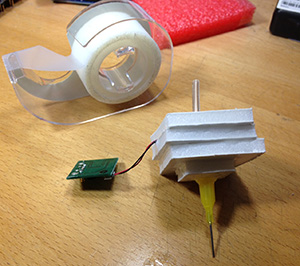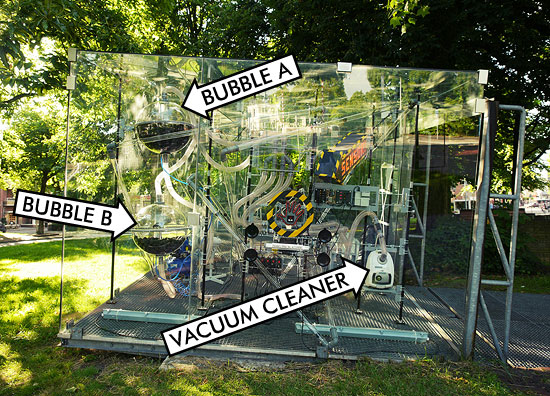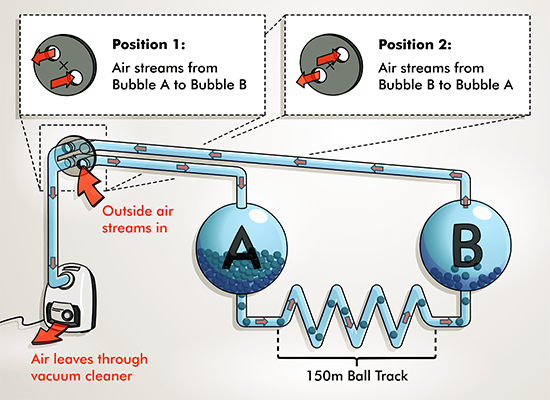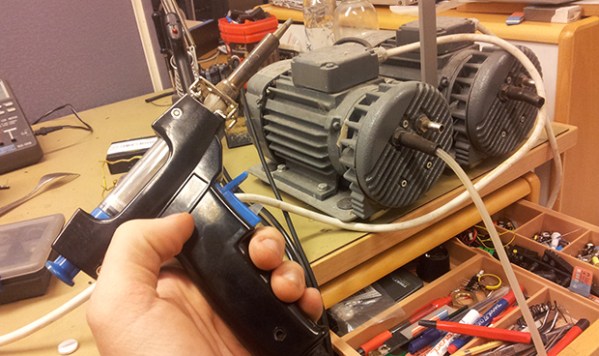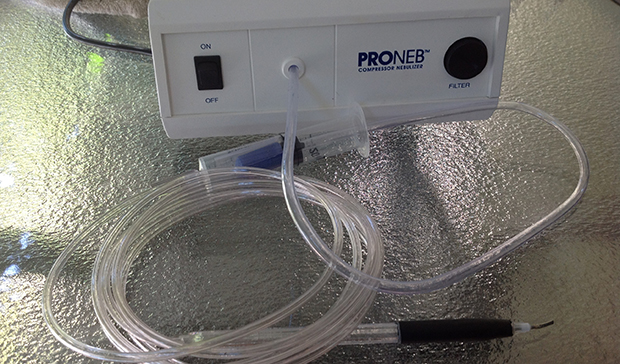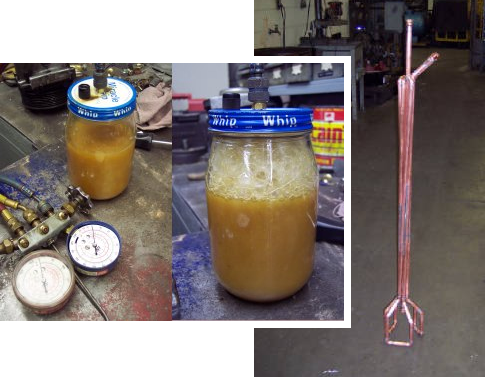If you’re building a pick and place machine, or even just a vacuum pen, you’ll need some way to pick up tiny part. This means something that sucks, aquarium tubing, and everything that goes with that. A few months ago, [Wayne] found an interesting device called a Micro Blower that will blow small amounts of air from a small, lightweight device. A few modifications later, and he had a piezoelectric vacuum pump for picking up tiny parts.
The Micro Blower [Wayne] found is available on Mouser for about $45, but this device blows. To turn it into something that sucks, he would need to find a way to block up the input side of the pump so it could draw a vacuum. Eventually settling on mounting the blower inside a stack of foam board, [Wanye] glued on a 20 gauge needle and was able to suck up 0603 SMD parts.
The new piezoelectric sucker is extremely light, and the power draw is very reasonable: 18V and 20mA. This would be a great device to mount to a certain pick and place machine without having to run vacuum lines through the mechanics of a motion platform. Video below.
Continue reading “Piezo Vacuum Pump For Lightweight Pick And Place”

